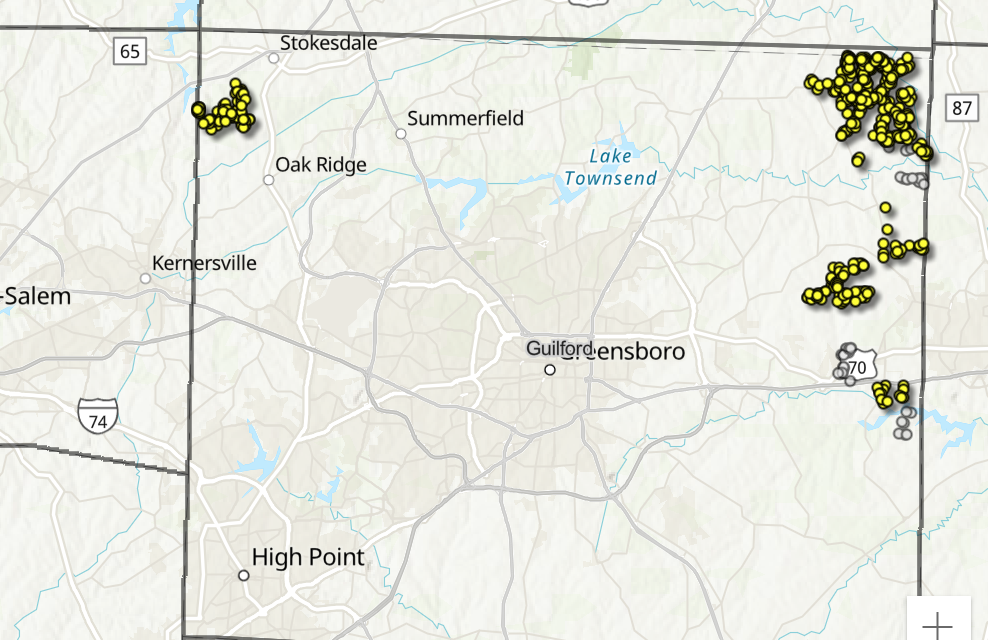The passage of the American Rescue Plan – in spring 2021 – provided a way for North Carolina, Guilford County and other counties across the state to make major investments in broadband expansion.
But there are still a great many questions as to the best strategy that ultimately gives everyone access to broadband services.
That’s something that was nice to have in the past but is considered a necessity by many in the current digital age.
A statewide county commissioners conference kicked off on Friday, Aug. 25 in Raleigh and a key topic of conversation will be how to meet the goal of expanding broadband access in the state to areas that don’t have it.
The NC Association of County Commissioners (NCACC) is hosting its 116th Annual Conference, which brings county officials together each year to solve common problems.
There will be several sessions and presentations on August 25 focused on expanding the service, increasing digital inclusion, and the best uses of the new Connecting Counties Playbook – an online resource meant to equip counties with broadband expansion strategies.
Two commissioners headed to the conference are Chairman of the Board of Commissioners Skip Alston and Commissioner Kay Cashion. Cashion, especially, has been pushing long and hard on the need to fill in broadband access gaps across the county and the state – and she’ll no doubt enjoy seeing elected leaders from across North Carolina focusing on the issue for an entire day.
The state has appropriated more than $1 billion in American Rescue Plan (ARP) money to expand access to high-speed internet access, and the State of North Carolina added $2 billion in direct investments to counties. That means the state is now in a very good position to make solid progress closing “the digital divide.”
In Guilford County, areas near Kernersville in the northwest section of the county, as well as areas along the middle and upper sections of the eastern border of the county will be the next beneficiaries of the effort. (See map above)
In some counties in the state, less than half of the households have broadband access. For instance, in Washington County, in the eastern part of the state on the Albermarle Sound, only 42 percent of households have access to broadband, and several other counties have even worse numbers.


While other counties talk…Orange county is getting broadband access spread to all areas of their county by end of 2024. What is Guilford county waiting for?
Let me repeat myself, Broadband suppliers are a FOR PROFIT enterprise. Simply require them to provide services to every area and not just population dense areas. The idea that government needs to be involved is absurd. Can you show me ONE government program where someone in government doesn’t get rich and actually benefits the taxpayers?
Name something our govt does well.
will this help B R I G H T S P E E D get up to speed?
If Broadband is a tax-payer subsidized right, then it should be regulated as a Utility. Mebbe that can slow down the incessant nickel-and-dime stealth rate increases.